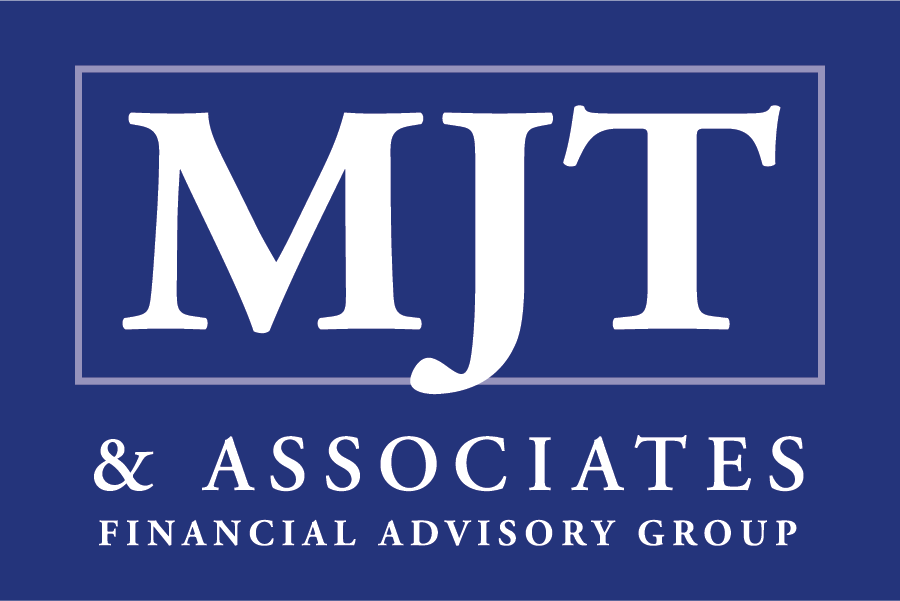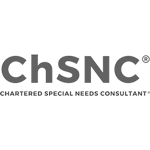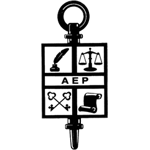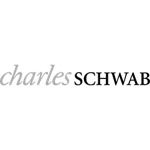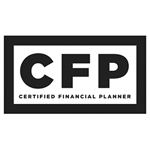Most people spend their working years focused on saving. But once retirement begins, the question shifts: how do you turn that nest egg into a sustainable, flexible income stream?
This is one of the most important—and misunderstood—parts of retirement planning. Saving is just the first half of the equation. The second half is building a reliable, adaptable income plan that lasts through every stage of retirement.
At MJT & Associates, we call this “retirement paycheck” planning. It’s the art and science of turning your savings into income—without sacrificing lifestyle or peace of mind.
Why Flexibility Matters in Retirement Income
Retirement doesn’t follow a straight line.
Your expenses may rise or fall. Health issues could change your priorities. Markets may fluctuate. Inflation might erode your purchasing power. You might want to travel more some years, or support a child or grandchild financially.
Rigid income plans often fail to keep up with life’s changes.
That’s why the key to long-term confidence is flexibility. Your retirement income strategy should evolve with your needs, not force you into a one-size-fits-all model.
Types of Retirement Income Sources
To create a flexible retirement income stream, you’ll likely draw from a mix of sources:
Social Security
This forms the foundation for many retirees. Timing your benefits strategically—whether claiming early, at full retirement age, or delaying—can significantly impact your lifetime income.
401(k) and IRA Accounts
These tax-deferred accounts are common sources of retirement income. However, withdrawals are taxable, and required minimum distributions (RMDs) begin at age 73. Planning when and how to take distributions can help minimize your tax burden.
Roth Accounts
Roth IRAs and Roth 401(k)s offer tax-free withdrawals, making them powerful tools for tax-efficient income. Used strategically, Roth accounts can help manage tax brackets and extend the life of your other savings.
Pensions
If you’re fortunate to have a pension, it can provide a stable, guaranteed income stream. The key is integrating it with your other income sources to avoid overpaying in taxes or reducing Social Security benefits unnecessarily.
Annuities
Annuities can provide guaranteed income for life, but they must be chosen carefully. Some retirees use annuities to cover essential expenses, while keeping other assets invested for growth and flexibility.
Brokerage or Trust Accounts
These non-retirement accounts offer the most flexibility. There are no RMDs or early withdrawal penalties, and they can be tax-efficient when structured properly.
Strategies for Creating a Flexible Retirement Income Stream
Building a retirement income plan is not just about choosing where to withdraw from. It’s about coordinating sources, managing risk, and maintaining adaptability.
Here are three proven strategies that can provide both structure and flexibility:
1. The Bucket Strategy
This strategy segments your assets into three time-based “buckets”:
- Short-term (1–3 years): Cash and high-quality bonds for immediate income needs
- Mid-term (3–7 years): Balanced investments for moderate growth
- Long-term (7+ years): Stocks and growth-oriented investments for inflation protection
By separating funds by time horizon, you can ride out market volatility without having to sell investments at a loss.
2. Guardrail Withdrawal Strategies
Popularized by the Guyton-Klinger rule, this method sets a starting withdrawal rate (often around 4%), but adds “guardrails” to adjust spending if markets rise or fall sharply.
For example, if markets drop significantly, your withdrawals may decrease slightly to preserve principal. If markets outperform, you may give yourself a raise. It’s a dynamic approach that responds to real-world conditions.
3. Tax Diversification and Roth Conversions
Tax flexibility is just as important as investment flexibility.
By converting portions of your traditional IRA to a Roth IRA in low-income years, you can reduce future RMDs and create tax-free income later on. A well-timed Roth conversion strategy can preserve more of your wealth and give you more control over your taxable income in retirement.
Adjusting for Life Changes
No plan is set in stone. A flexible retirement income strategy allows for ongoing adjustments.
You might need to increase withdrawals in a high-spending year or reduce them during a market downturn. A good plan anticipates this and builds in room for change—without jeopardizing your long-term security.
Required Minimum Distributions (RMDs) also shift the equation. Once RMDs begin, they may force larger withdrawals than you need. Planning ahead can help you avoid tax surprises and coordinate withdrawals across all accounts more efficiently.
Working With a Financial Planner
Retirement income planning is complex. It involves taxes, market risk, longevity, and lifestyle decisions—all moving parts that must work together.
At MJT & Associates, we help clients simulate different retirement scenarios using real data. We model how your plan performs under various market conditions, healthcare costs, inflation rates, and spending patterns.
This is where a planner adds real value: not just picking investments, but coordinating taxes, withdrawals, healthcare costs, and goals into one cohesive, adaptive plan.
Conclusion: Flexibility = Confidence
The goal of retirement income planning isn’t just to make your money last—it’s to give you the confidence to enjoy your retirement on your own terms.
A flexible income plan allows you to spend without second-guessing. It lets you adjust when life changes. It keeps you in control.
At MJT & Associates, we use a planning-first approach to help clients turn their retirement savings into a reliable, tax-smart income stream tailored to their life.
